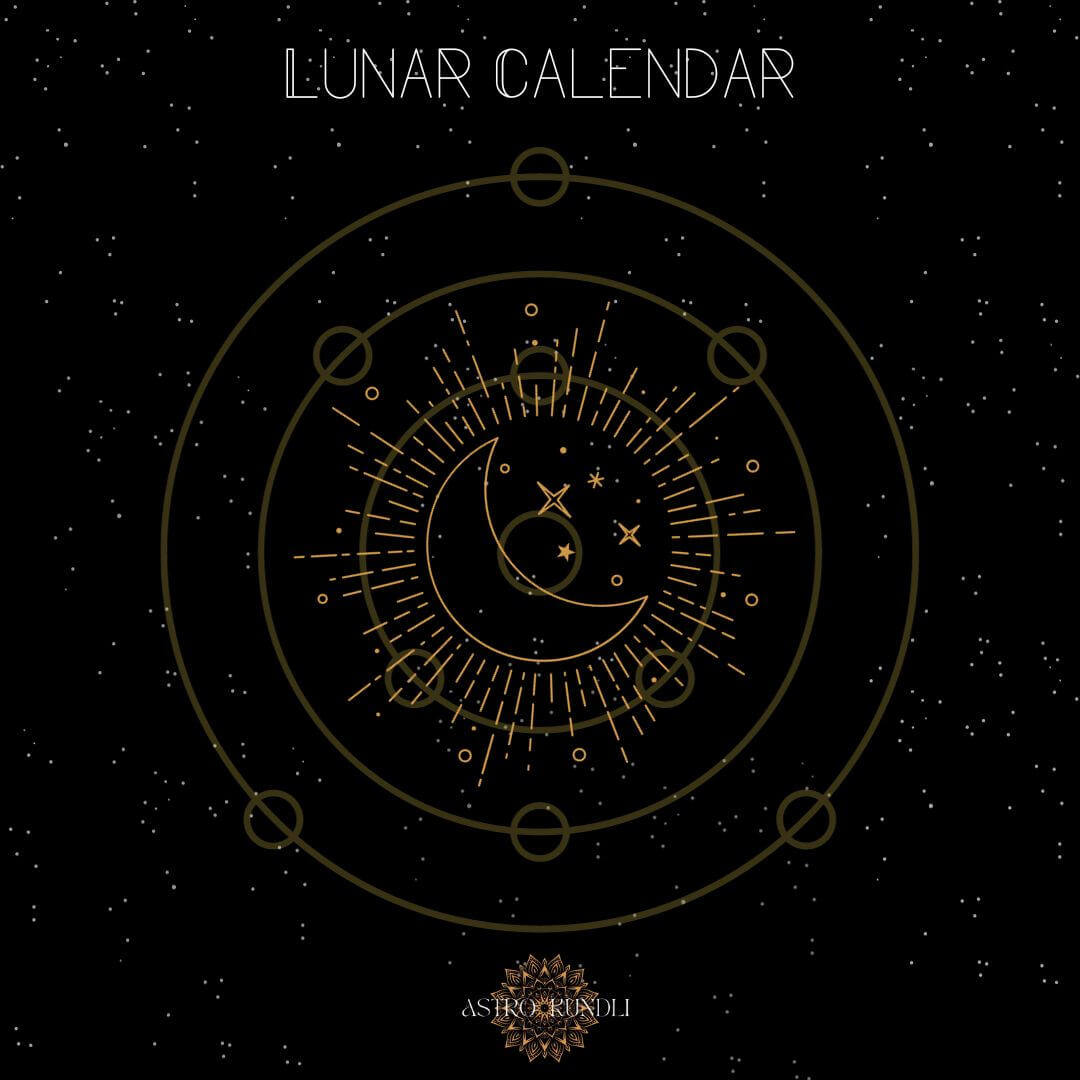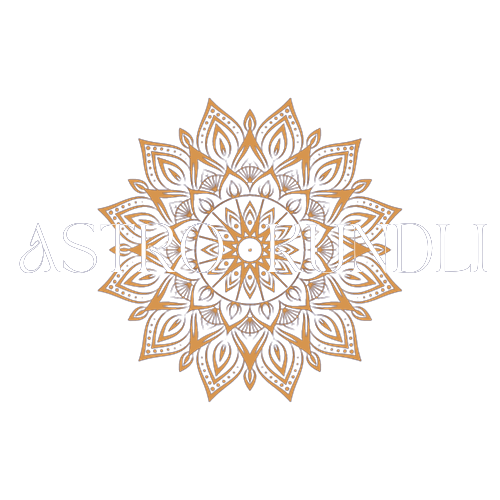
The Astro Kundli Lunar Calendar has been designed with careful precision and foresight with the help of more than 50 Vedic astrologers.
Our calendar is easy-to-understand and simplistic so that users don’t have difficulties in reading it. The calendar shows important information like moon phases, the percentage of illumination of the moon, and Pakshas (Shukla Paksha, Krishna Paksha).
Why Choose Astro Kundli Lunar Calendar
- User-Friendly Interface: The process is simple. You only need to select the month and year for which you wish to see the calendar.
- Future calendar: Checking both the current year and future years is possible with our Moon calendar. You can easily view the movement of the moon over the next few years.
- Moon phase information: With our moon calendar, you check the moon phases and movement for each day. The calendar will show you the moon phases, from waxing and waning.
- Illumination: Get a clearer picture of the percentage of illumination to understand how bright the moon will be at different moon phases.
- Check pakshas: Get information about the Pakshas or the moon fortnights. Get predictions that show the waxing (Shukla Paksha) and waning (Krishna Paksha).
What is a Lunar Calendar?
A Lunar calendar also known as a Moon calendar shows the different moon phases. Unlike a solar calendar that’s calculated based on the Earth’s orbit around the Sun, the Lunar calendar represents the Moon’s orbit around the Earth.
The Moon goes through all of its stages (referred to as the Moon phases) within about 29.5 days. The phases include going from the new Moon to the full Moon and the new Moon again. As per the Lunar calendar, these cycles are split into 4 main stages:
- New moon: The moon isn’t visible during this phase.
- Waxing crescent: During this phase, the moon will be visible in the sky and may appear larger and more prominent.
- Full moon: In this phase, the moon is fully brightened by the Sun and looks like a round circular ball in the sky.
- Waning crescent: During this phase, the moon gradually gets smaller in appearance and its curved shape becomes less clear in the sky.
What is the Purpose of Lunar Calendar
The Lunar calendar or Moon calendar has been used for hundreds of years and it’s still used today for various reasons. Some of the main reasons are:
- Planning actions as per Moon phases: It’s believed that the waxing moon phase is a good time to plant crops or initiate new tasks.
- Tracking agricultural cycles: The different phases of the Moon have an effect on tides. It is believed that it has an effect on the growth of crops and fishing season.
- Spiritual practices: Some people believe that the different stages of the Moon have an affect on how people feel and how much energy they have throughout the day. A Lunar calendar may be used to plan meditation timing and spiritual activities.
- Easy-to-understand: A Lunar calendar is quite easy to learn and there are a lot of online resources that can help understand the various phases of the Moon and what they represent and mean.
- Can be used for astrological research: The Lunar calendar can prove to be useful for people who are familiar with and use astrological tools.
Frequently Asked Questions
Q1: What is the 28 day lunar cycle?
The 28-day lunar cycle is also known as the synodic month. It is the time-period it takes for the moon to complete the full cycle of its phases, that is, from new moon to full moon and then back again. This process takes about 27.32 days due to the moon’s orbit around the Earth. It takes the moon an additional 2.3 days to spin on its axis.
This means that the same side of the Moon faces Earth again a little later. This phenomenon results in the synodic month being a little longer than the sidereal month.
Q2: What is 12 month lunar calendar?
A 12 month lunar calendar follows the different moon phases. It’s based on the synodic month meaning the time it takes the moon to complete its different phases. From new moon to full moon and then back. A synodic month is about 29.53 days. Hence, a 12-month lunar calendar has 354 or 355 days.
Q3: Are there 13 Moon cycles?
Not exactly. There are about 12.37 moon cycles in a year. The reason being the lunar cycle also known as the synodic month, is about 29.53 days long, while a solar year (the time it takes for the Earth to complete its orbit around the Sun) is about 365.24 days. Indicating a discrepancy of 11.23 days between lunar and solar cycles.
Q4: How long is one lunar day?
The average span of 1 lunar day is 29.50 days.
Q5: Who invented lunar calendar?
The exact origins of the lunar calendar remains unknown. Various civilizations have claimed to have developed it in the past. However, certain archaeological evidence suggests that it originated from ancient Mesopotamia. To be specific, the Sumerians in the 4th millennium BC.
While we strive to provide accurate and reliable astrological information and services, we do not guarantee the accuracy or completeness of the information provided. The content on our website is for informational purposes only and should not be considered a substitute for professional advice or consultation. Users are encouraged to use the information provided at their own discretion and, if necessary, seek professional advice.

